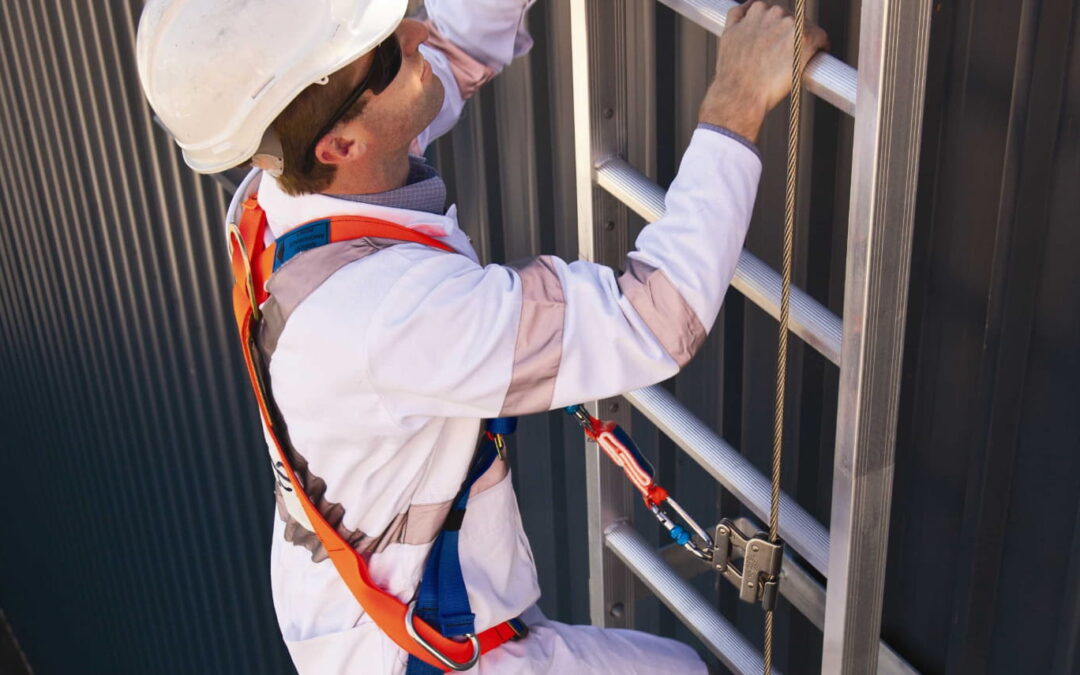Safety takes the front seat when working at heights, and fall arrest systems save countless lives in the construction and maintenance industries. However, even the best fall arrest systems can’t do their job if they’re not used correctly. Let’s explore fall arrest systems, uncover common mistakes, and provide practical tips for preventing accidents.
Common Errors to Avoid
Lack of Training and Knowledge
A common and dangerous mistake is the absence of proper training. Workers not trained in fall protection procedures are like drivers handling a complex vehicle without knowing how it works. Adequate knowledge is vital for equipment use and emergency response. Continuous education ensures updated safety practices.
Incorrect Equipment Selection
Using the wrong equipment is akin to fitting a square peg into a round hole – it doesn’t work. Unfit or outdated fall protection gear heightens accident risks. Selecting equipment should be based on job-specific needs and industry standards, not one-size-fits-all solutions.
Poor Equipment Maintenance
Arrest equipment, like a car, requires regular check-ups. Neglecting maintenance leads to unexpected malfunctions. Routine inspections and addressing equipment issues ensure optimal performance when it matters most.
Inadequate Anchorage Points
Anchorage points form the backbone of arrest systems. Weak or improperly placed points spell disaster. Identifying and utilizing secure anchorage points is essential for worker safety.
Improper Fitting and Adjustment
Fall protection harnesses should be a second skin. Incorrect fitting compromises protection. Properly fitting and adjusting harnesses and lanyards is crucial for intended functionality. Loose or ill-fitting gear can lead to dire consequences.
Failure to Perform Pre-use Inspections
Prior to any task involving fall protection, conduct pre-use inspections. Think of it as a safety ritual. Inspect key components, checking for defects or damage, ensuring everything works. It takes minutes and can save lives.
Lack of Communication and Coordination
Effective communication holds a safe workplace together. Workers using fall protection systems must communicate clearly and coordinate their movements. Establishing communication protocols prevents accidents due to misunderstandings.
Neglecting Rescue Planning
In fall protection situations, quick and efficient rescue is essential. Neglecting rescue planning is like embarking on a road trip without a spare tire. Adequate rescue equipment and a well-thought-out emergency response plan are imperative.
Conclusion
Safety at heights is non-negotiable. Avoiding common fall arrest mistakes and following best practices can be the difference between a safe workday and a catastrophic accident. Let’s ensure these unsung heroes of workplace safety continue their effective job, protecting the lives of workers high above the ground.
